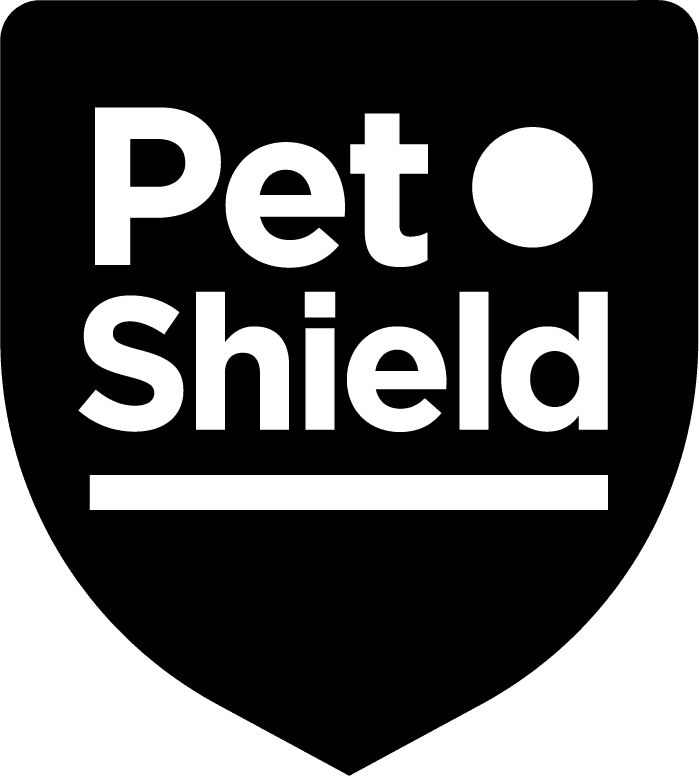Top tips on Dealing With A Flea Infestation
Make sure you treat all pets in the household.
- Be patient and follow the dosage guidelines.
- Expect 2-3 treatment cycles, possibly weeks, for complete flea elimination, depending on infestation severity.
- Pre-shampoo pets and avoid post-treatment washing to maintain effectiveness.
- Allow pets usual house access for product effectiveness as:
- Newly emerging fleas in the home will jump on the pet and then be killed by the product.
- Fleas interaction with pet and product also sterilises future egg production.
- Thoroughly vacuum and clean carpets, soft furnishings and bedding, including your pet’s bed.
- If you’re worried, use household flea spray to tackle remaining eggs and larvae.
- Some fleas can transmit tapeworm, so make sure your pet is also up to date with a worming treatment, like Worm Screen.


Flea Infestation In The Home
Since 95% of a flea problem consists of eggs, larvae, and pupae in your environment, you can focus on speeding up eradicating these after treating your pet.
Fumigation isn’t always necessary; thorough cleaning can suffice. Household sprays with methoprene or pyriproxyfen help, but they won’t eliminate all eggs and larvae. Pupae are resistant to chemicals, so the most effective method is to physically remove them through cleaning and vacuuming or wait for them to jump on your treated pet. Ensure all pets are treated, and consider increasing the room temperature to stimulate pupation.
Flea repellants aren’t useful during an infestation, as the flea needs a blood meal every day to survive and if a repellant is preventing it from jumping on your pet, it might jump on you! Therefore, opt for products that kill fleas to break their life cycle.
